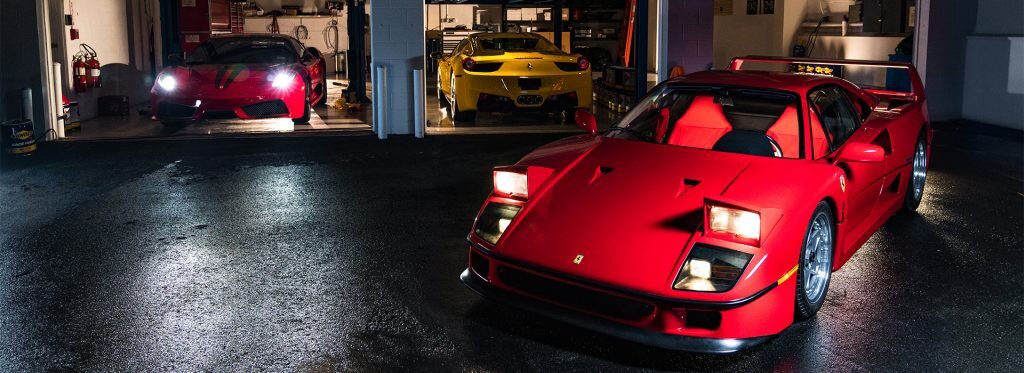Speed Machines: Supercars & Superbikes
March 5, 2016 – June 26, 2016
Designed, engineered, and built in limited numbers, the supercars and superbikes on display exemplify incredible competitive and technological advancements; many were developed and tested in race programs, most notably at Ferrari, Porsche, and Ducati. These cars and bikes are equally as celebrated for their individual mechanical achievements as they are for their boldness of design.
The evolution of these speed machines is driven by the need for cleaner emissions and the constant demand for higher performance. Over the past twenty years, manufacturers have begun to transition from traditional materials, like steel, aluminum, and fiberglass, into the often stronger and lighter alternatives like carbon fiber, magnesium, and titanium.
Large displacement engines are slowly but surely being replaced by smaller, lighter, and more efficient turbo-charged 6 and 8-cylinder engines. The most recent development is the change from petroleum-based engines to hybrid drivetrains, and soon to all-electric power.
Hybrid technology, the combination of gasoline engines and electric motors, has given modern supercars, like the all-wheel drive, all-wheel steering Porsche 918 Spyder seen here, the ability to take recent industry developments one step further. Going 0 to 60 mph in a mind-boggling 2.6 seconds, with a top speed of 214 mph, 887 combined horsepower, and a range of nearly 420 miles, the 918 is the only production car to lap the famed Nürburgring race track in Germany in under 7 minutes.
On view were true design and engineering marvels that exemplify where the technology has been, is now, and where it will go in the future.















